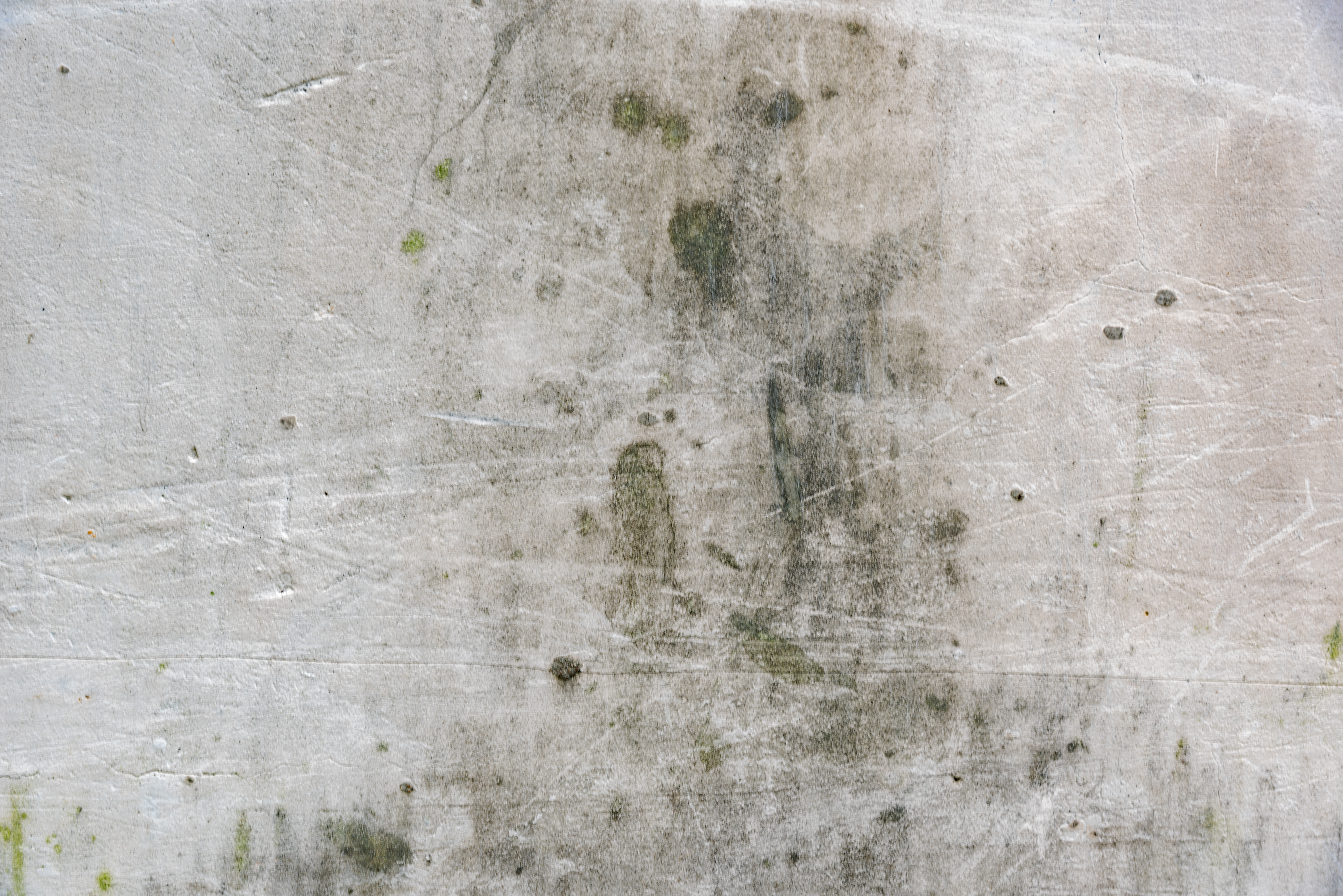
PART II
In this text, we will only deal with the problem of heating.
As we already mentioned in Part I, even if there is no seepage from the outside, a house where a family lives always has humidity in the air. Bathing, preparing meals, plants and normal life inside the house creates a lot of steam.
Why is a poorly heated house prone to musty smells?
Home heating results from the production of heat that is dispersed throughout the house by a heating system. It is very important to understand that heating warms the air in the house and nothing else.
Imagine, then, that you turn the heating on for a few hours a day and the air actually gets warmer. You will feel warm and pleasant. The problem with this process is that when you turn off the heating, the air cools down. The result is that, by not staying warm long enough, the air doesn't perform another essential function that will prevent mold. That function is to heat the walls of the house.
When you heat the house again, there will be a big difference between the temperature of the air and the temperature of the walls. Since the steam we produce is in the air, it necessarily comes into contact with the cold walls. This contact causes the vapor itself to cool down and turn into water, to the point where the walls leak.
As houses are built with permeable materials such as plastered masonry or plasterboard, it is relatively easy for this water to penetrate the wall, creating the ideal conditions for a culture of musty-smelling fungi to develop. Washing the walls only solves the problem momentarily because the source of the problem remains.
How can you change the situation? By trying to have constant heating in the house. The understandable question that arises is the problem of costs.
Two answers can be given to this problem.
First, try to have systems that use the cheapest energy sources you can find.
Secondly, realize that between turning the heating on for a few hours at maximum or having the heating on in automatic mode, which often means working at minimum capacity, it costs practically the same. If you can't have your house at 20º, set the thermostats to 19º and that will already mean a considerable reduction in fuel costs in the heating process. However, try to keep the house at this temperature at all times so that there is a thermal balance between the heat in the air and the heat in the walls. In this case, it's practically guaranteed that you won't get mold if the house is properly insulated.